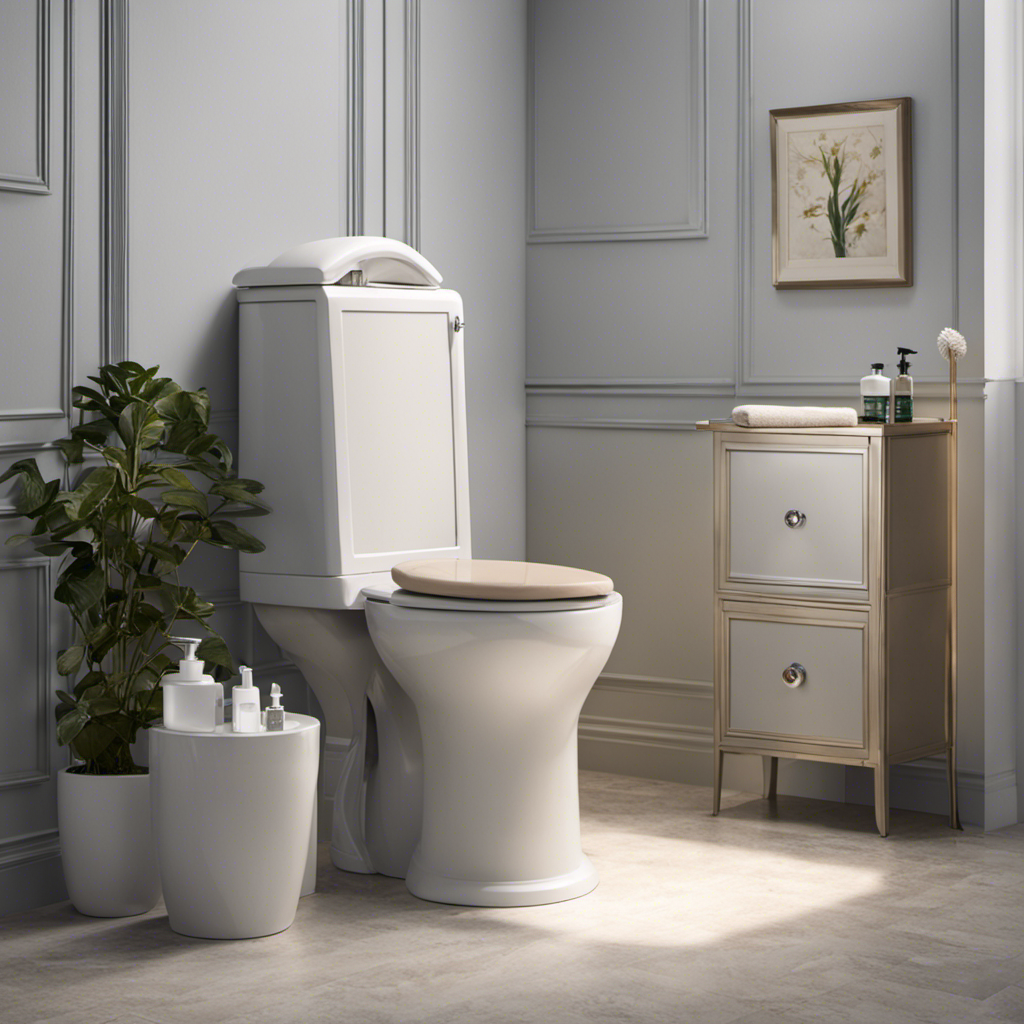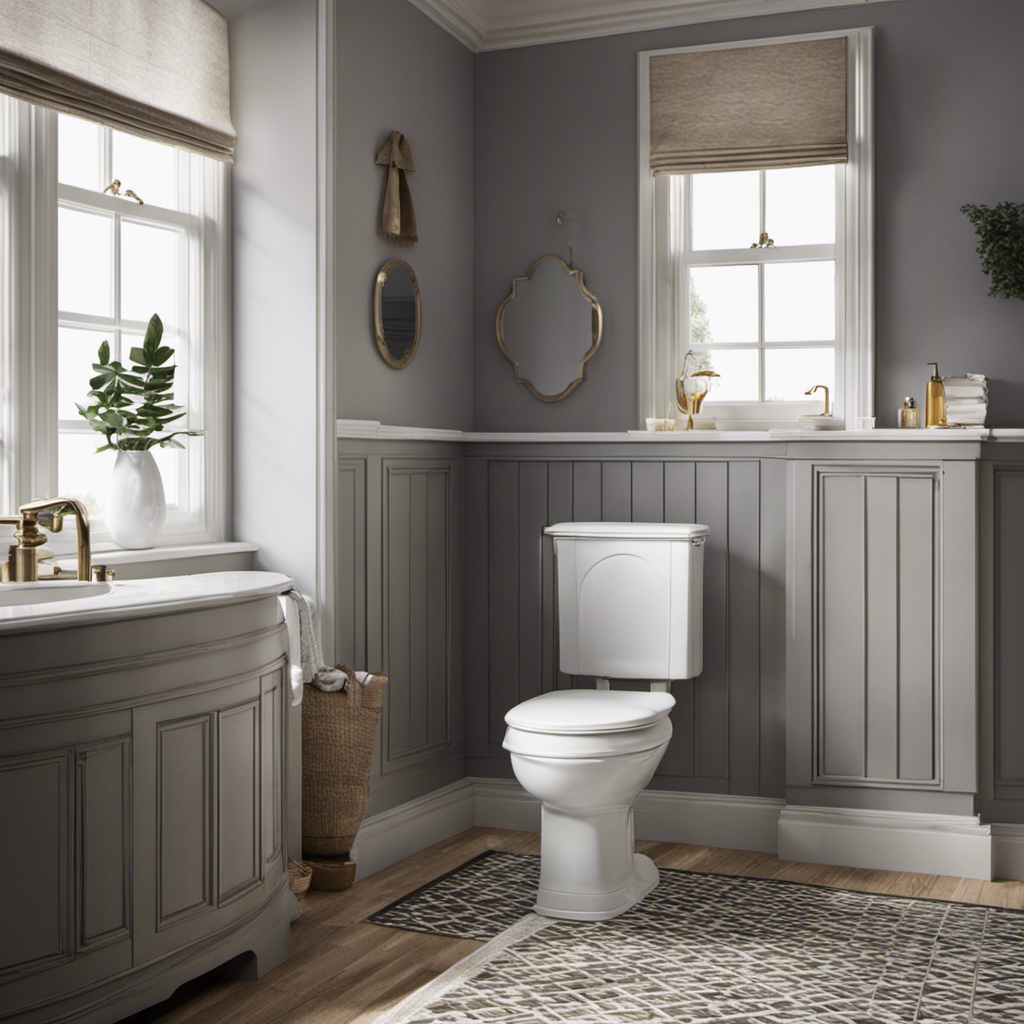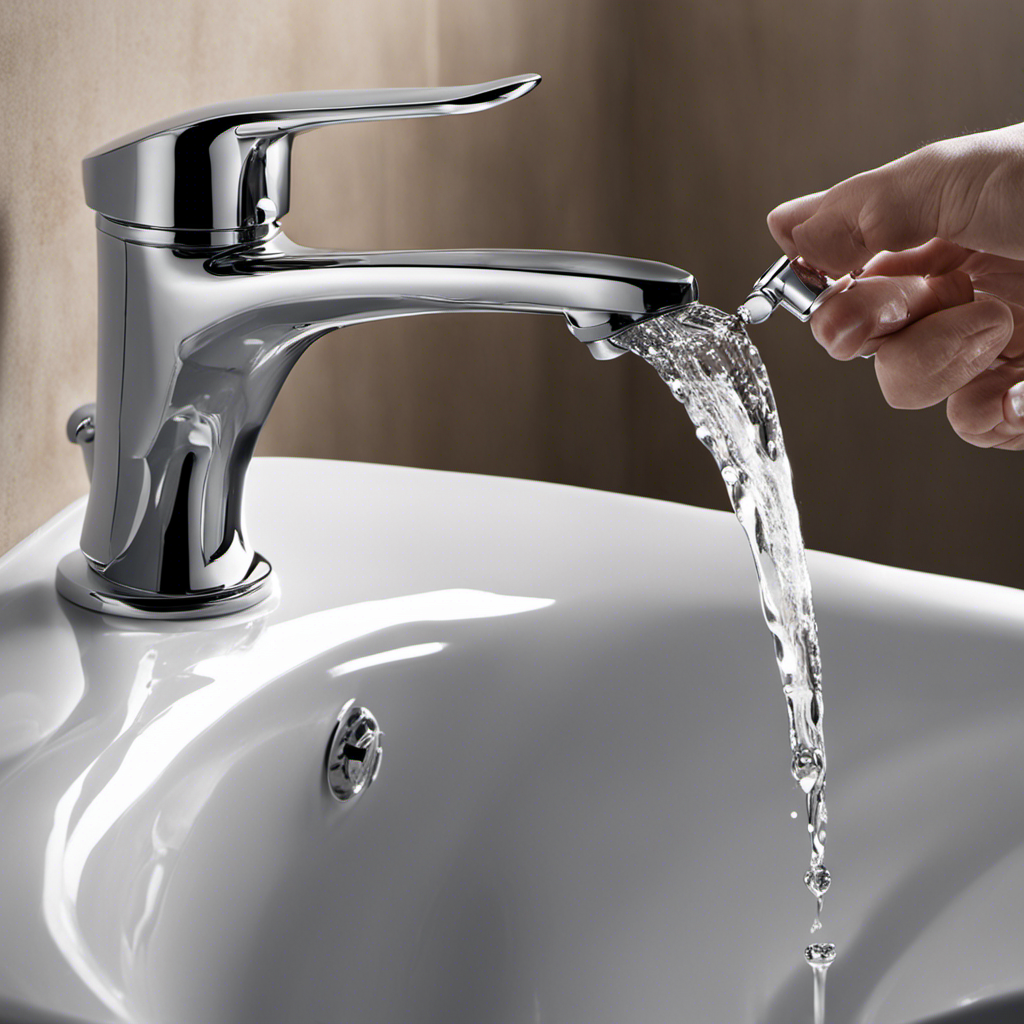So you’ve just finished using the toilet and now you’re wondering, ‘How do I clean myself properly according to Islamic teachings?’ Well, look no further! In this article, I’ll guide you through the importance of ritual cleansing in Islam and provide a step-by-step guide on how to perform Istinja, the cleansing process.
We’ll also explore the significance of using water and discuss the etiquette and proper techniques for washing after using the toilet.
Let’s dive in and ensure we maintain the utmost cleanliness and hygiene in accordance with Islamic principles.
Key Takeaways
- Ritual cleansing is important in Islam to maintain purity of the body and soul.
- Muslims are required to perform ablution (wudu) before acts of worship.
- Using water is highly encouraged for cleansing after using the toilet in Islam.
- Thoroughly wipe and maintain a meticulous approach to personal hygiene.
Importance of Ritual Cleansing in Islam
Ritual cleansing is a crucial aspect of Islam, emphasizing the importance of maintaining purity. Spiritual purification and ritual purity are fundamental principles in the Islamic faith. Muslims believe that physical cleanliness is closely connected to spiritual well-being.
This concept is deeply rooted in the teachings of the Prophet Muhammad, who emphasized the importance of cleanliness and purification. Muslims are required to perform ablution (wudu) before engaging in acts of worship, such as prayers or reading the Quran. Ablution involves washing the hands, face, arms, and feet, symbolizing the purification of the body and soul.
This ritual cleansing not only cleanses the physical body but also serves as a reminder to purify one’s heart and mind. By maintaining ritual purity, Muslims strive to attain a state of spiritual cleanliness, enabling them to connect with Allah and engage in worship with a pure and focused mind.
Step-by-Step Guide to Perform Istinja (Cleansing
When using the bathroom, you can follow this step-by-step guide to perform Istinja, which is the cleansing process. Istinja is an essential part of Islamic toilet hygiene and ensures cleanliness and purity. There are alternative cleansing methods, but Istinja is highly recommended for its numerous benefits for personal hygiene.
Here is a simple guide to performing Istinja:
| Steps | Description |
|---|---|
| 1 | Use your left hand to clean yourself after using the toilet. |
| 2 | Start by pouring water over the private parts. |
| 3 | Use your left hand to clean the area thoroughly. |
| 4 | Wash your hands with soap and water. |
| 5 | Dry yourself using a clean towel or toilet paper. |
The Significance of Using Water in Islamic Toilet Hygiene
To maintain proper hygiene and ensure cleanliness, it is essential for you to understand the significance of using water in Islamic toilet hygiene.
In Islam, the use of water is highly encouraged for cleansing after using the toilet. This practice has numerous benefits, both in terms of physical cleanliness and spiritual purification. Using water helps to remove impurities more effectively than dry methods alone. It also provides a soothing and refreshing sensation, promoting a sense of cleanliness and well-being.
In different cultures, there are various practices for toilet hygiene in Islam. Some may use a bidet, a device that sprays water for cleansing. Others may use a jug or a small container to pour water over themselves. Regardless of the method, the key is to prioritize cleanliness and follow the teachings of Islam in maintaining good hygiene after using the toilet.
Etiquette and Proper Techniques for Washing After Using the Toilet
Using water is highly encouraged in Islamic toilet hygiene as it helps to effectively cleanse and promote a sense of cleanliness and well-being. When it comes to toilet hygiene tips in Islam, washing with water is considered the most preferred method.
However, in certain situations where water is not readily available, alternative cleansing methods can be used. These methods include using toilet paper or wet wipes to clean oneself, making sure to wipe thoroughly and avoid any residue.
It is important to maintain a meticulous approach to personal hygiene after using the toilet, as cleanliness is highly regarded in Islam. By following these guidelines and incorporating water or suitable alternatives, one can ensure proper hygiene and maintain a sense of cleanliness and well-being in accordance with Islamic teachings.
Common Mistakes to Avoid During the Cleansing Process in Islam
One common mistake to avoid during the cleansing process in Islam is not thoroughly wiping oneself after using the toilet. It is important to ensure that all impurities are removed in order to maintain cleanliness and adhere to proper Islamic etiquette. Here are some common errors to be mindful of:
-
Insufficient wiping: Not wiping oneself thoroughly can lead to the retention of impurities, which goes against the principles of cleanliness in Islam.
-
Neglecting to use water: Merely using toilet paper without cleansing with water is not sufficient. Water is an essential element in the cleansing process.
-
Improper handwashing: After cleansing oneself, it is crucial to wash the hands properly to ensure cleanliness and hygiene.
-
Using the wrong hand: In Islam, it is customary to use the left hand for cleansing after using the toilet, while the right hand is reserved for eating and other activities.
-
Rushing the process: Taking the time to cleanse oneself properly is important and rushing through the process can lead to inadequate cleaning.
Conclusion
In conclusion, it is imperative for Muslims to adhere to the ritual cleansing practices in Islam after using the toilet. By following the step-by-step guide for Istinja, using water as a means of purification, and practicing proper etiquette, one can ensure cleanliness and spiritual purity.
It is essential to avoid common mistakes during the cleansing process to maintain the sanctity of this act. Let us remember that adhering to these practices not only promotes hygiene but also fosters a sense of discipline and connection with our faith.
So, let us strive to uphold these teachings as we navigate our daily lives, ensuring that our actions align with our beliefs.










